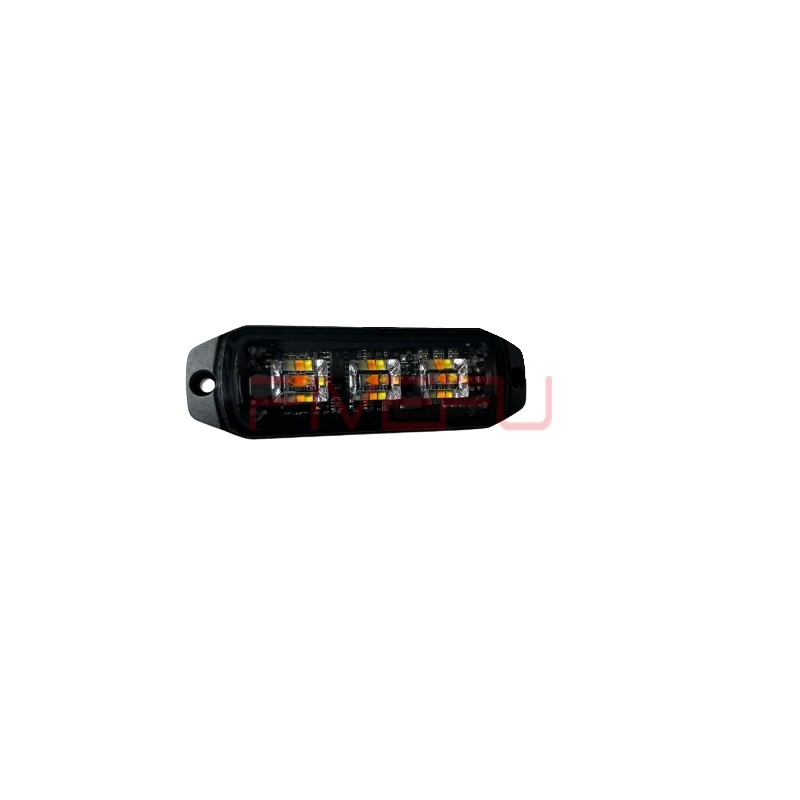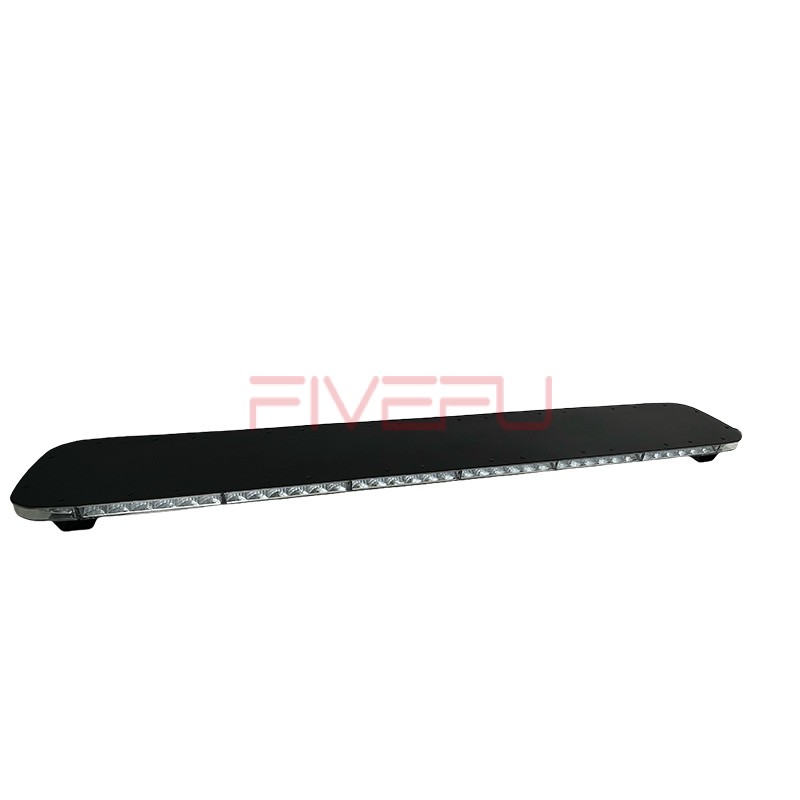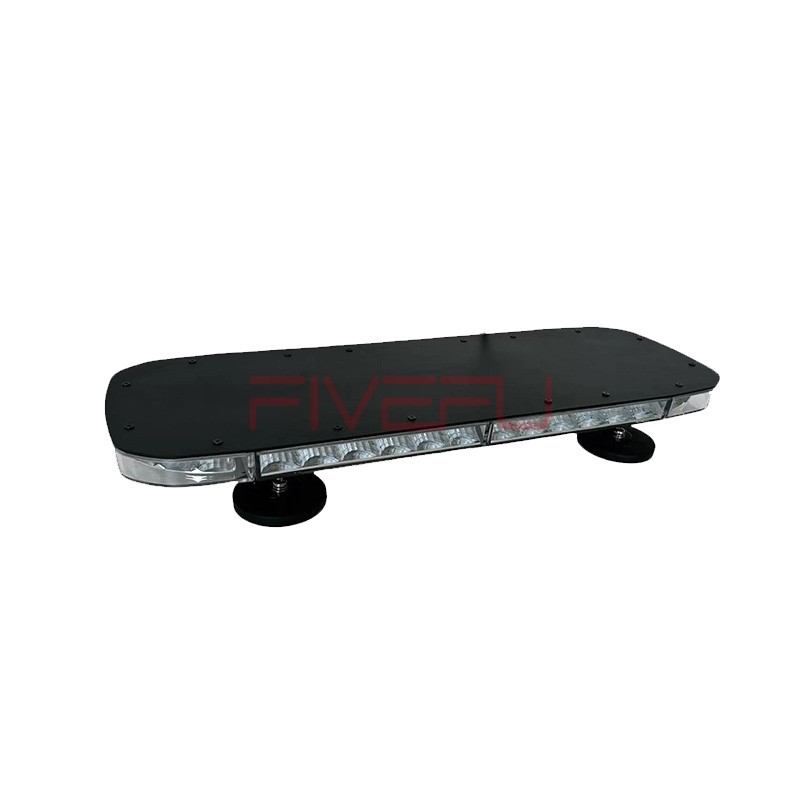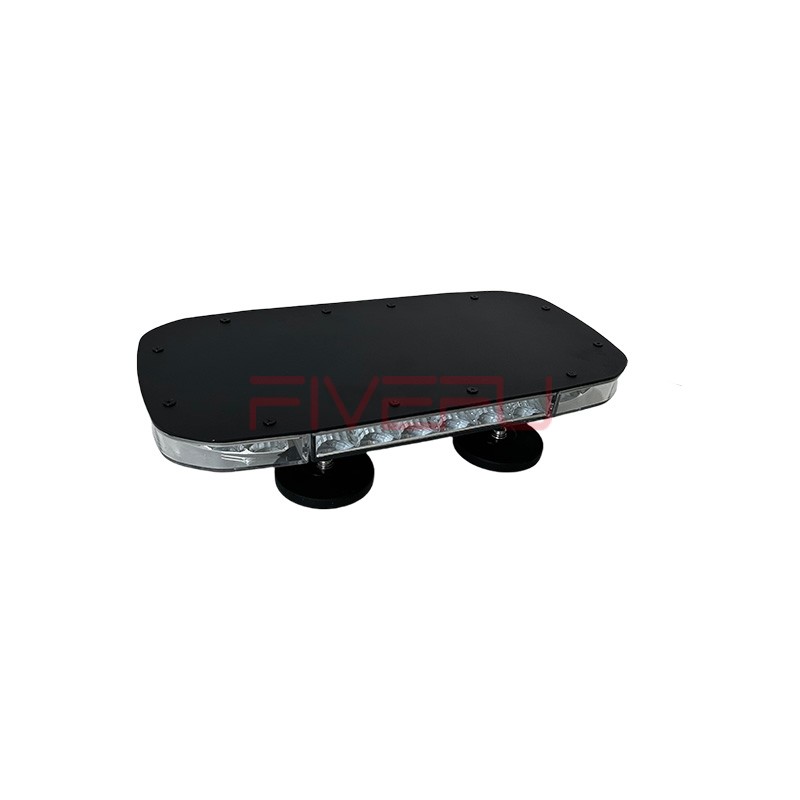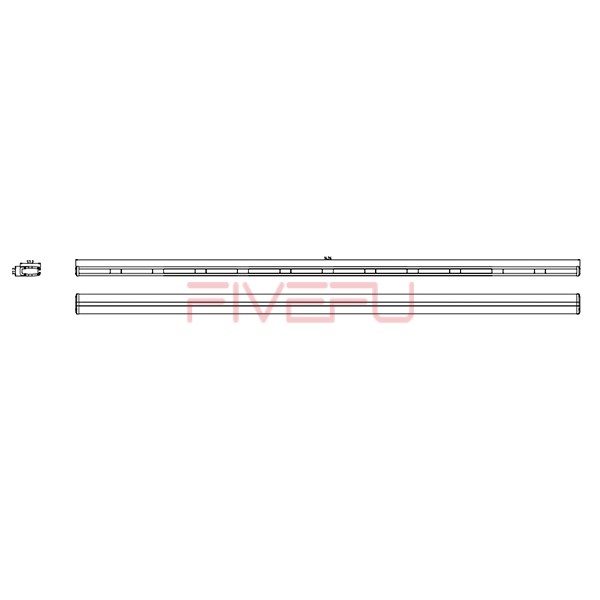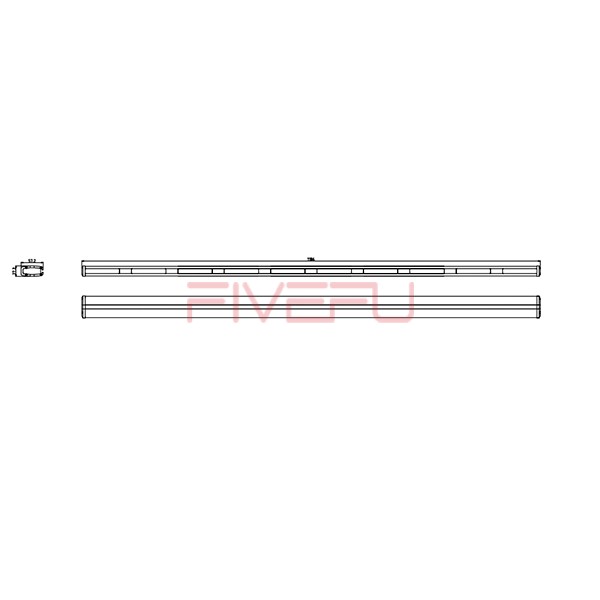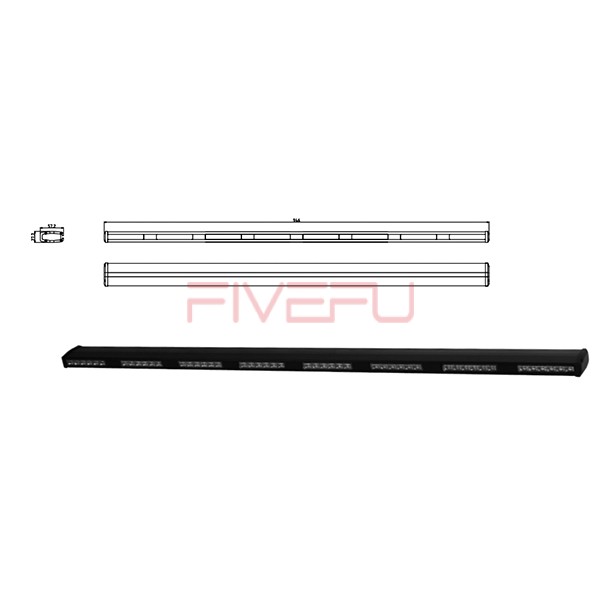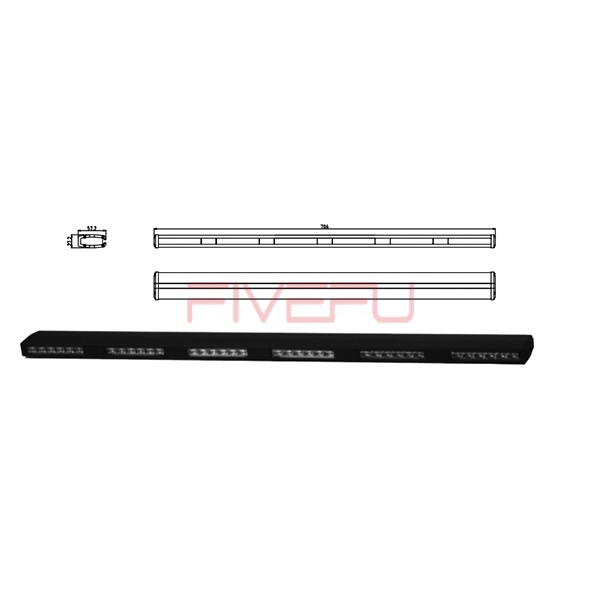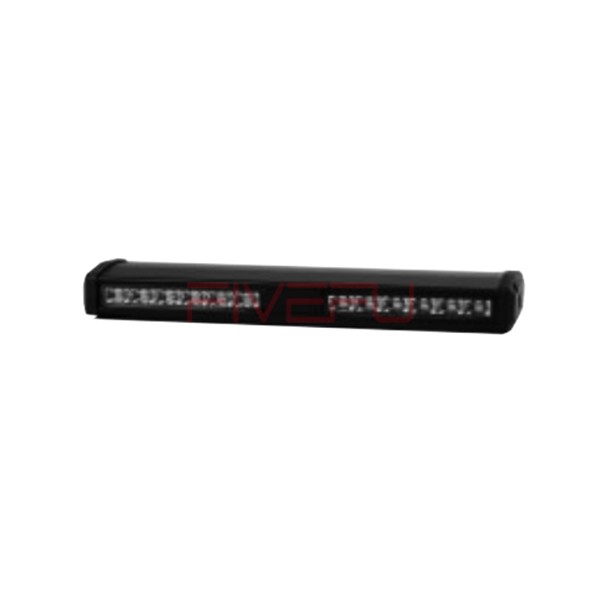Warning lights are essential safety devices used in various industries, including emergency vehicles, construction sites, and industrial settings. These lights serve to alert individuals of potential hazards, emergencies, or the presence of vehicles or machinery in operation. They come in various colors such as red, blue, amber, and white, each conveying specific meanings and functions.
Key Features of Warning Lights:
- Visibility: Designed for optimal visibility in both day and night conditions, ensuring they are easily seen from a distance.
- Durability: Built to withstand harsh environments, including weather conditions and vibrations from vehicle or machinery operation.
- Regulatory Compliance: Many warning lights comply with international standards such as SAE (Society of Automotive Engineers), ECE R65, and R10, ensuring they meet safety and performance requirements.
- Functionality: They can be steady or flashing, depending on the application and the level of urgency required to convey.
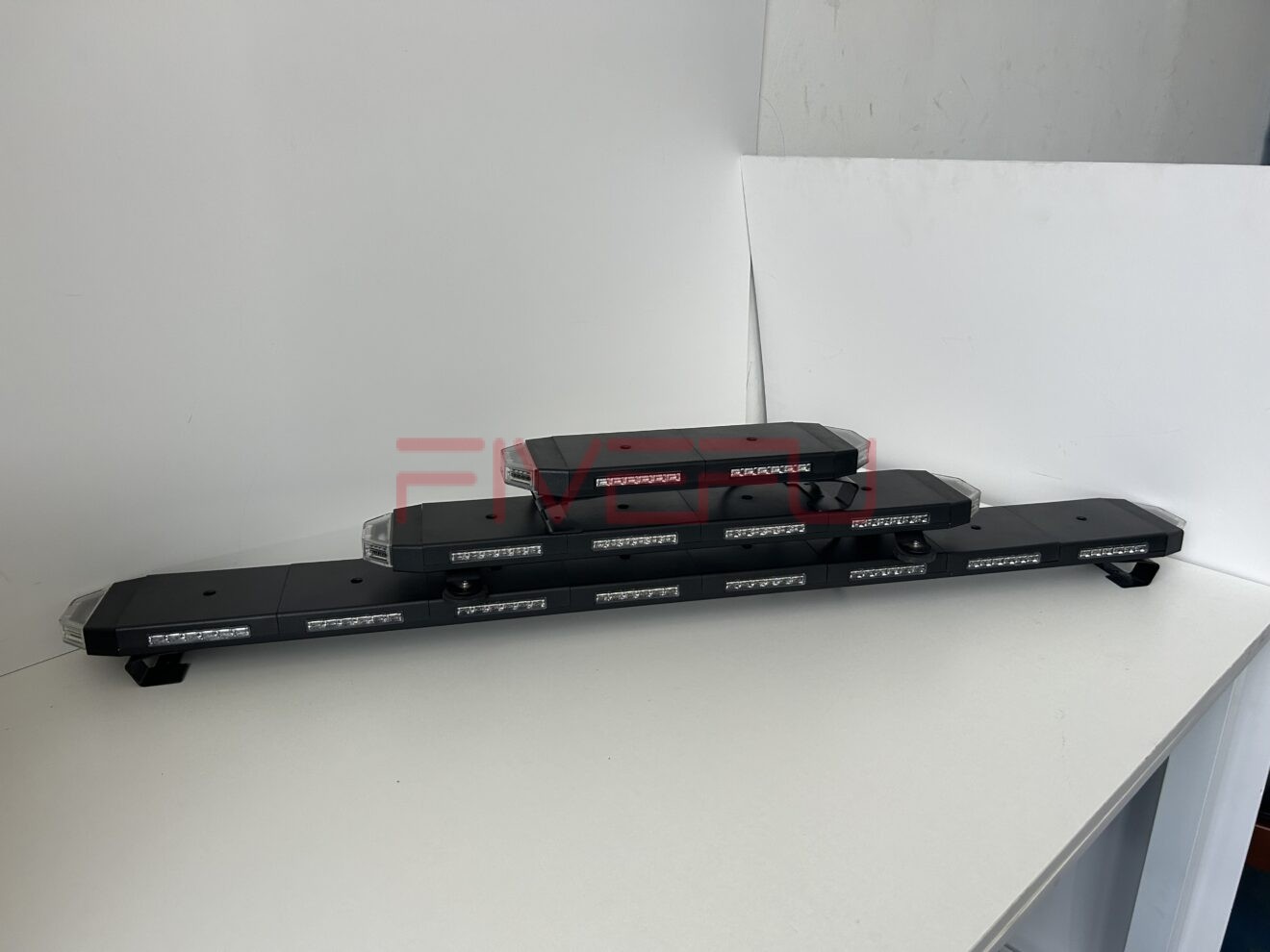
Applications:
- Emergency Vehicles: Police cars, ambulances, and fire trucks use warning lights to clear traffic and alert pedestrians during emergencies.
- Construction Sites: Warns workers and the public of machinery movement, hazardous areas, or road work in progress.
- Industrial Settings: Used on heavy machinery or equipment to indicate operational status or potential danger zones.
Conclusion:
Warning lights are crucial in maintaining safety and minimizing accidents across various sectors. They combine robust design with regulatory adherence to ensure reliable performance in critical situations. Whether on highways, construction zones, or factory floors, these lights are indispensable tools for safeguarding personnel and promoting efficient operations.
